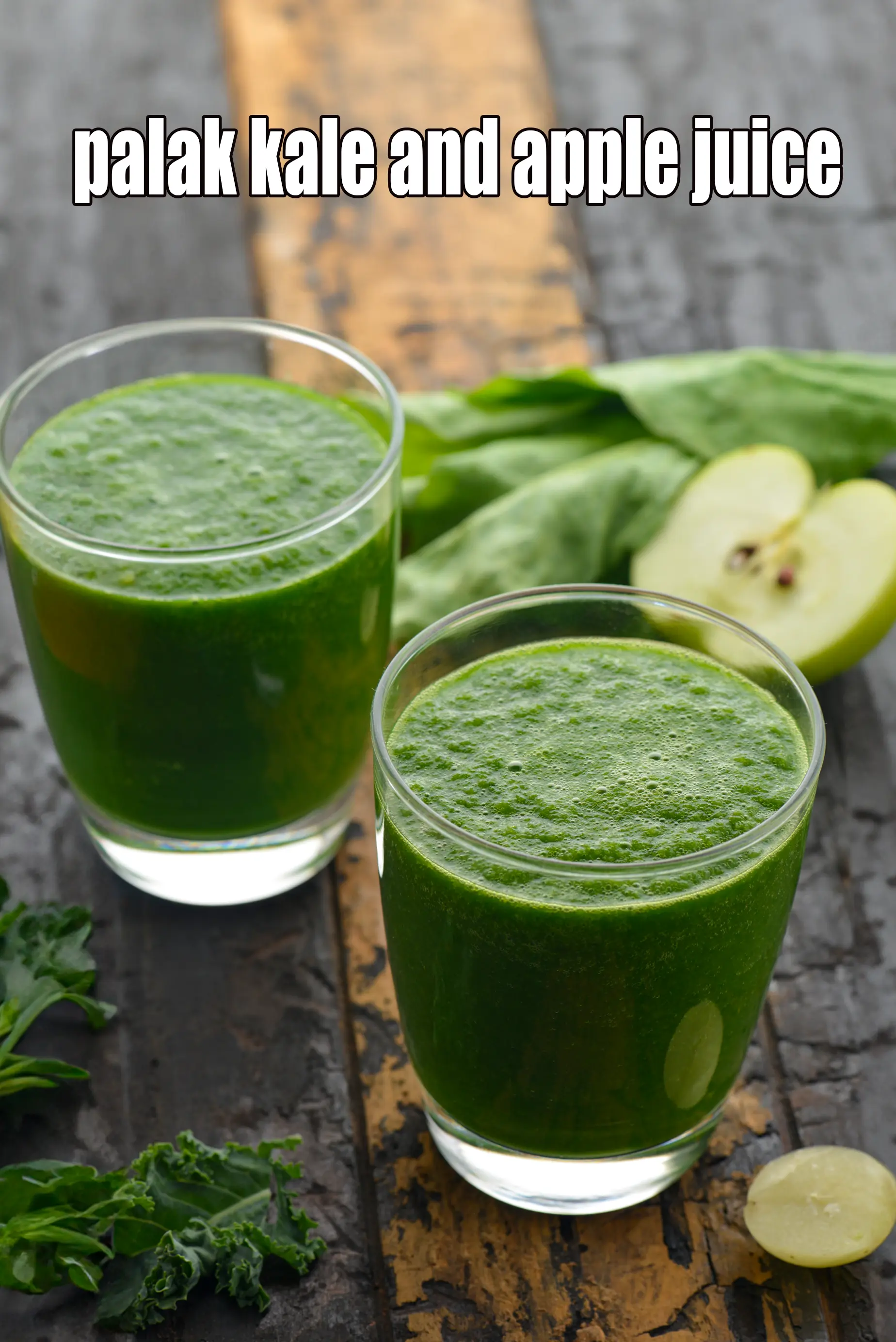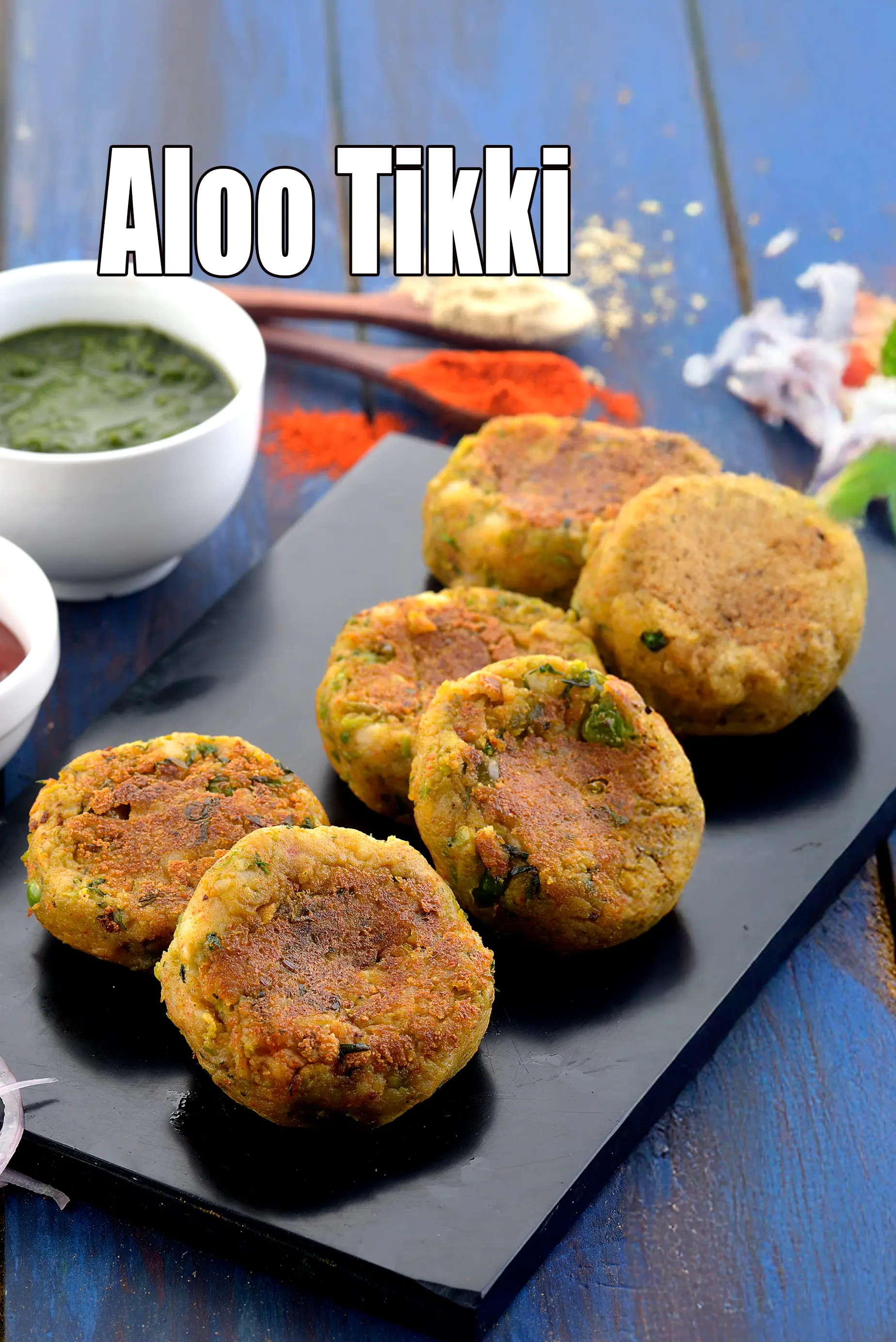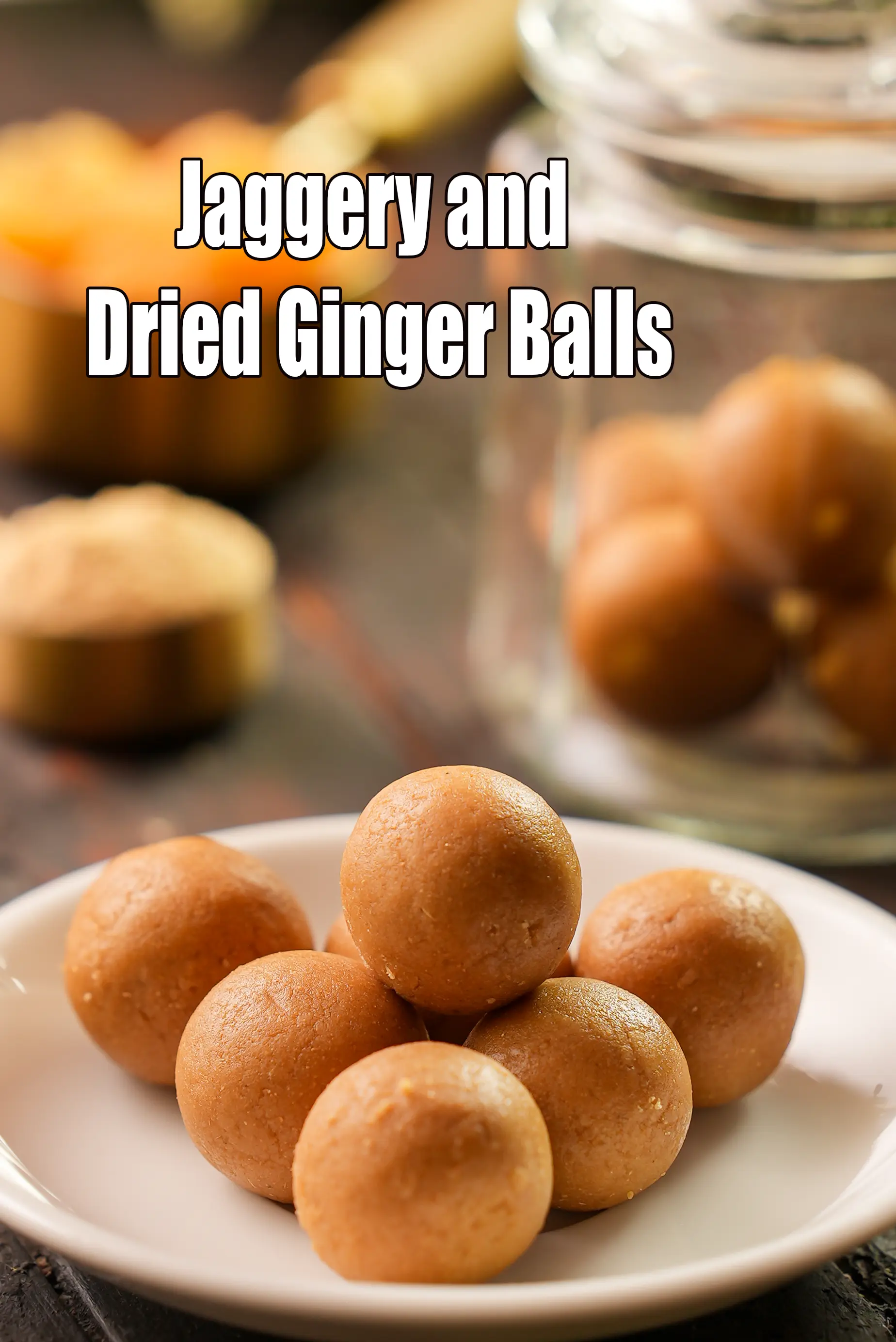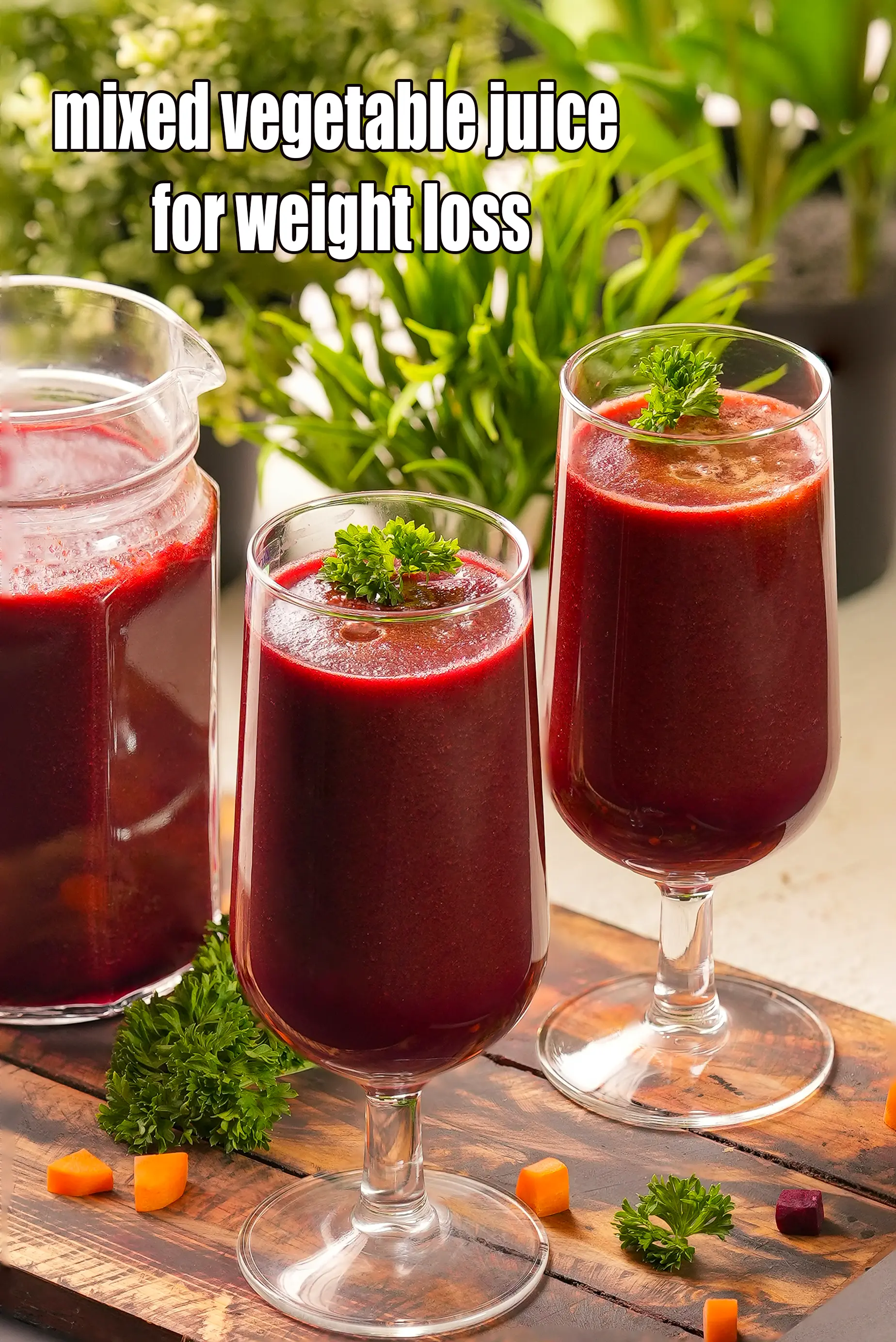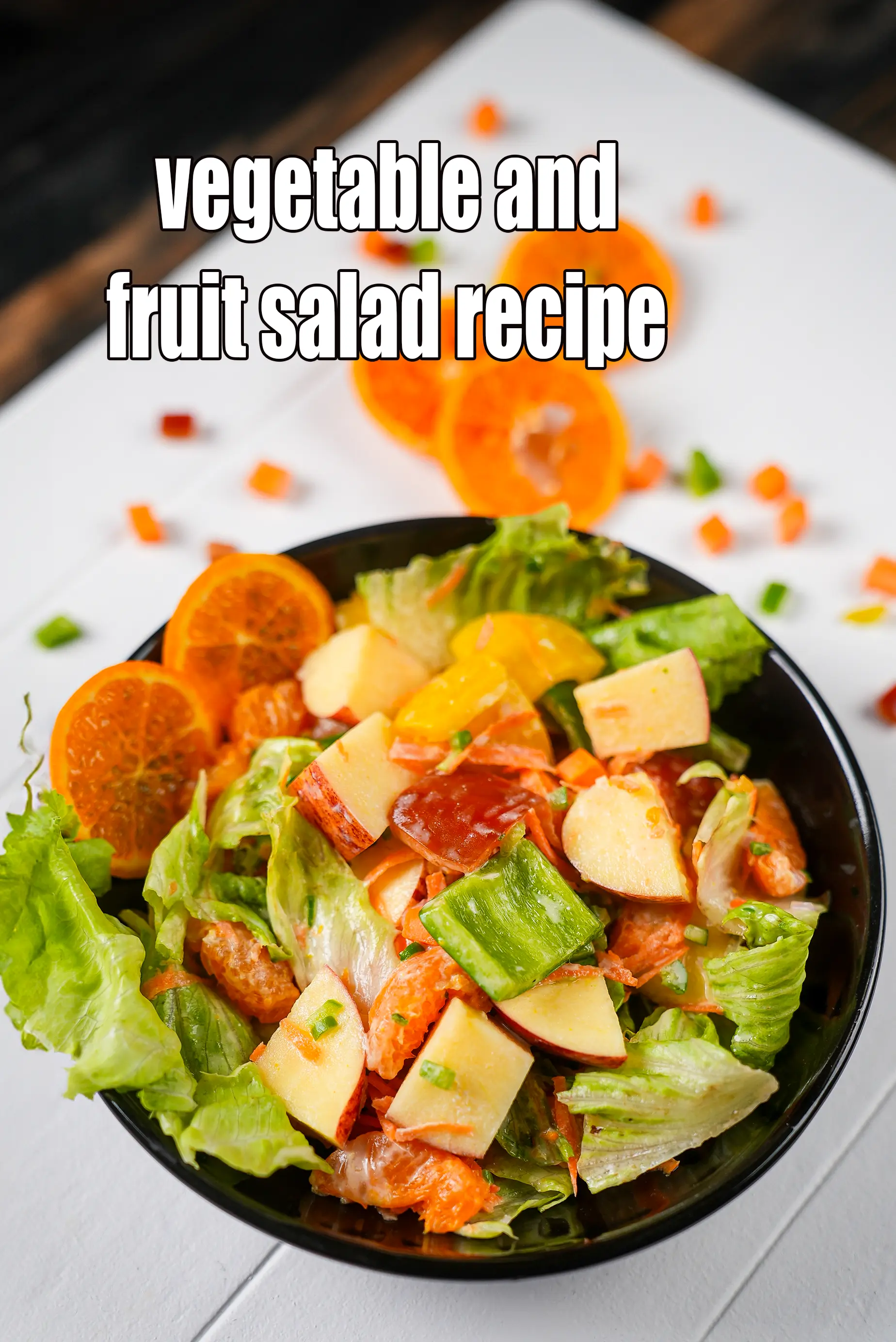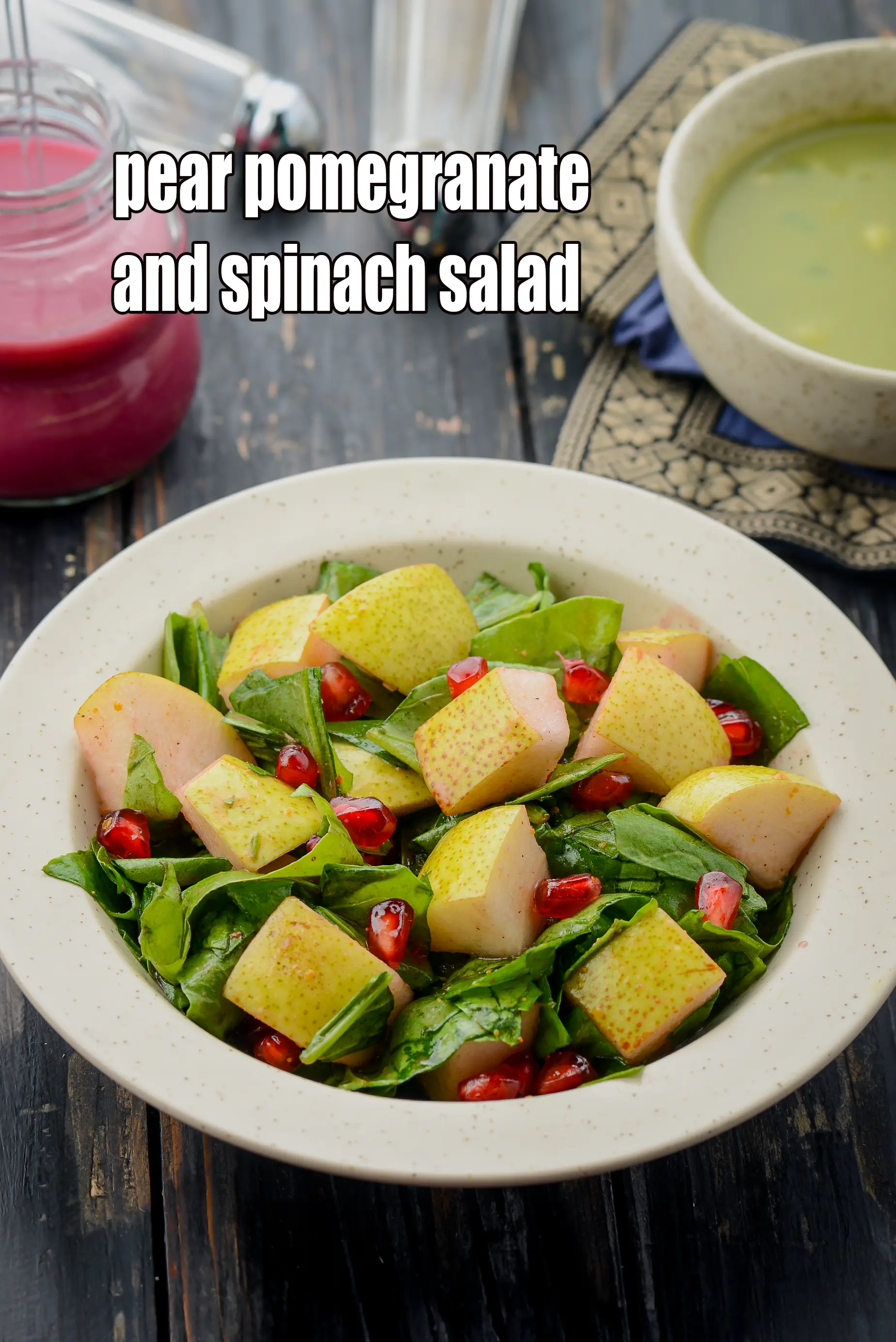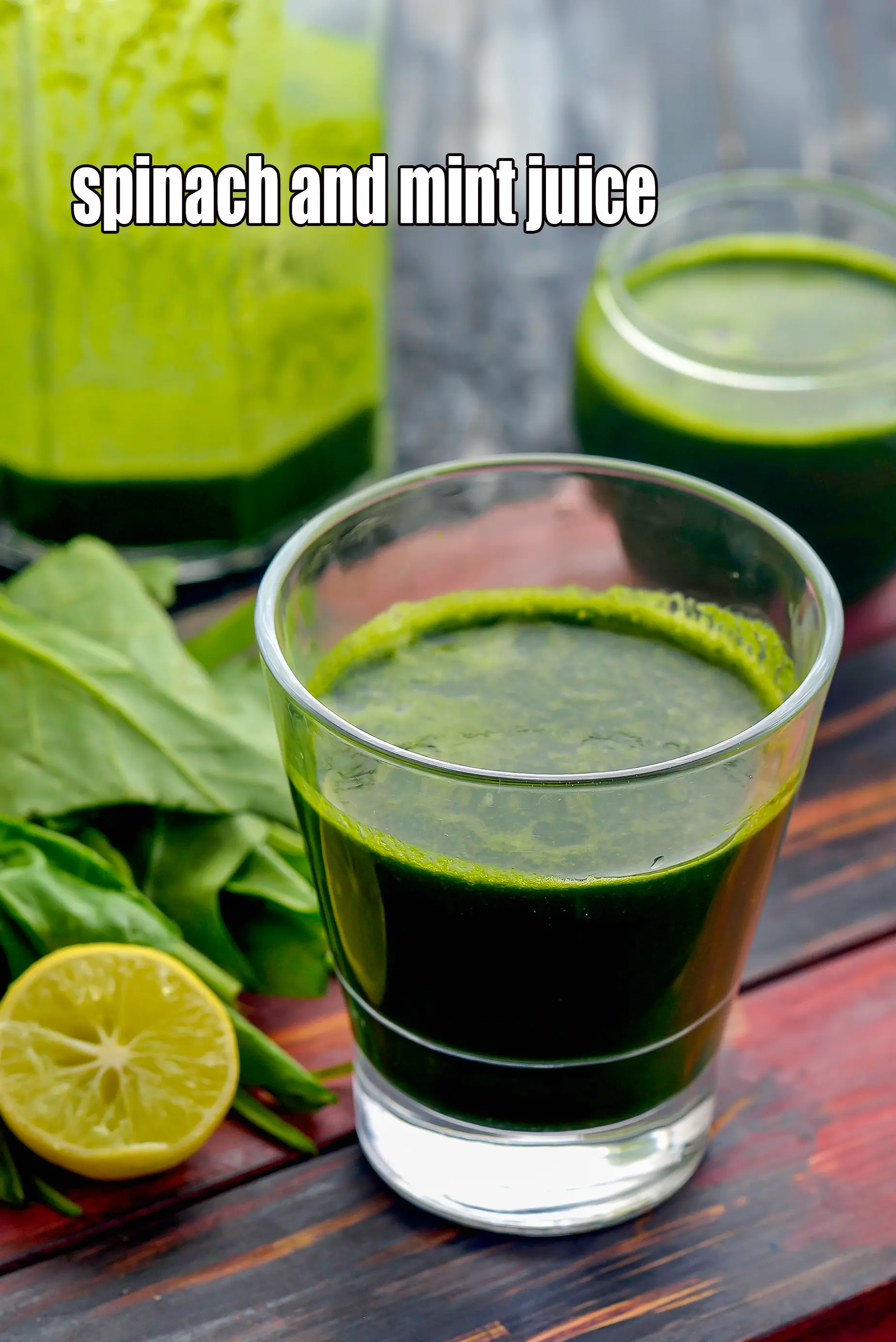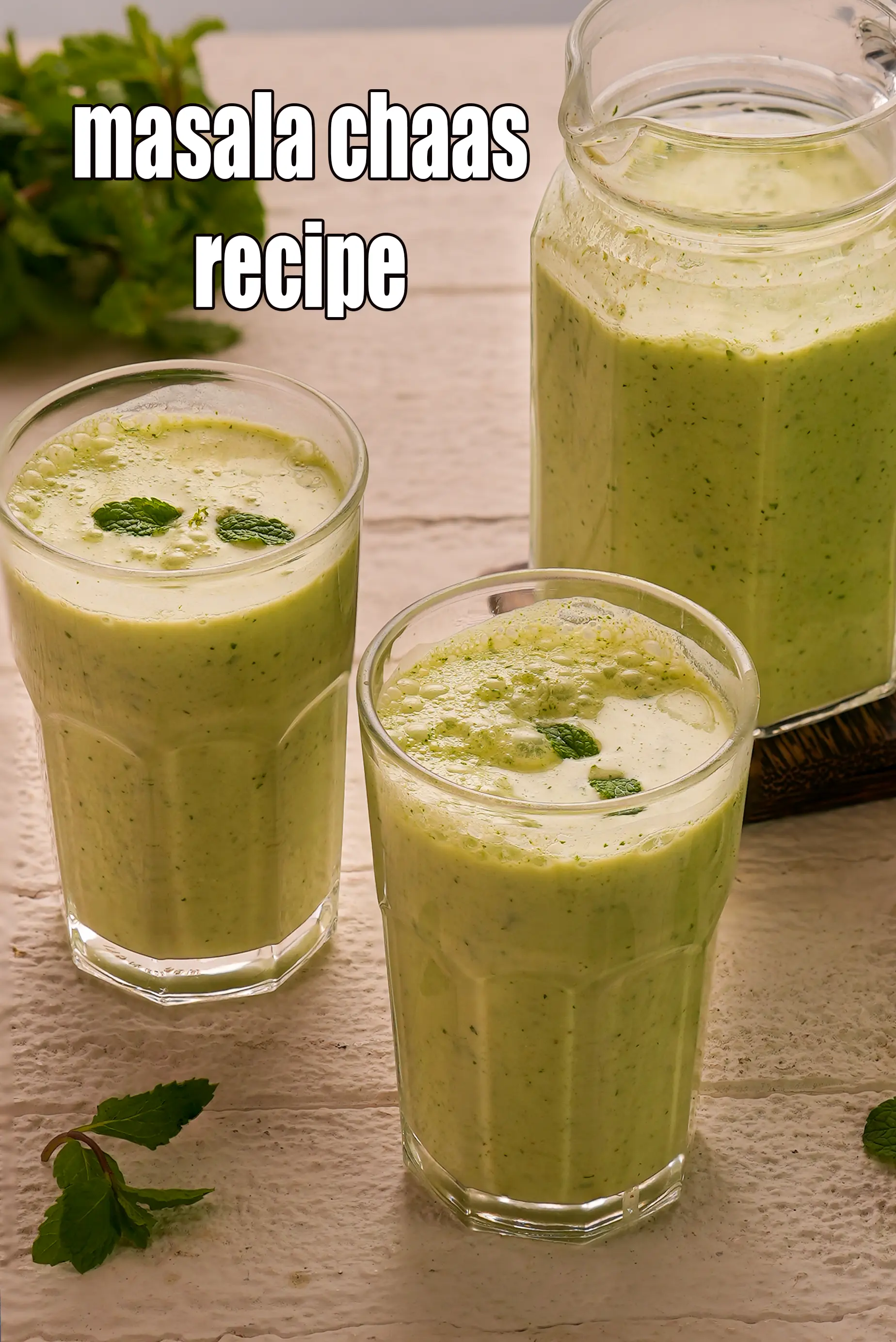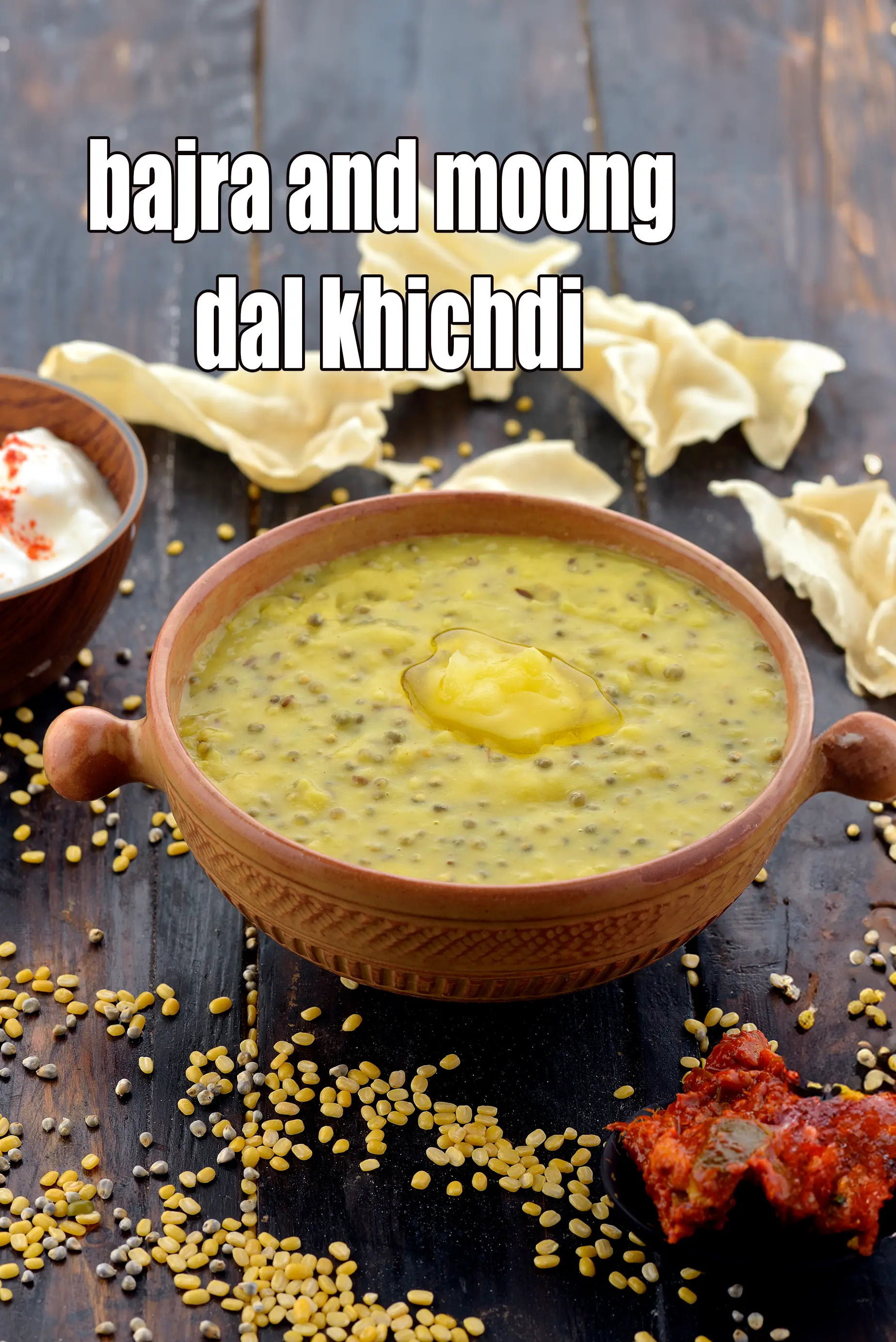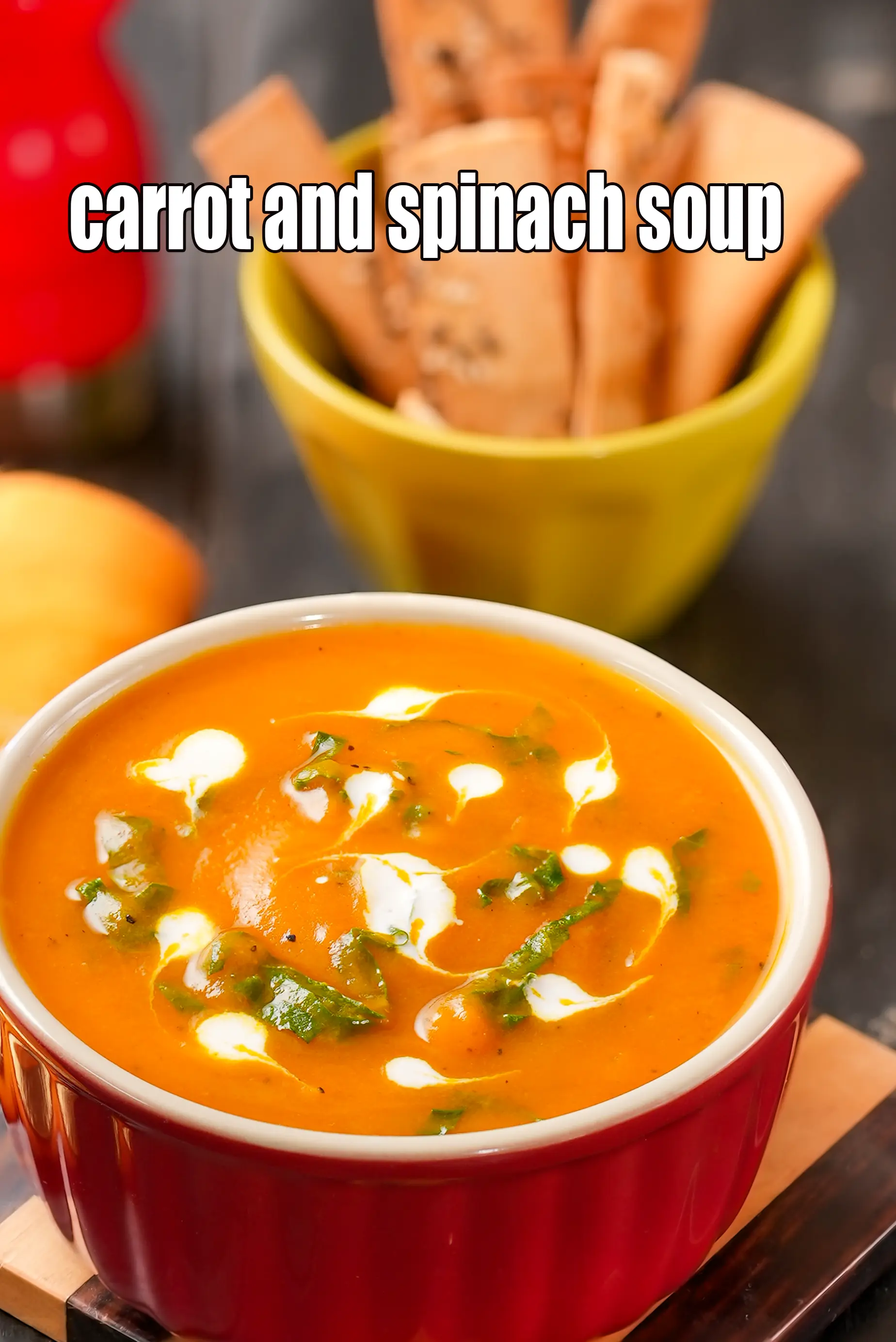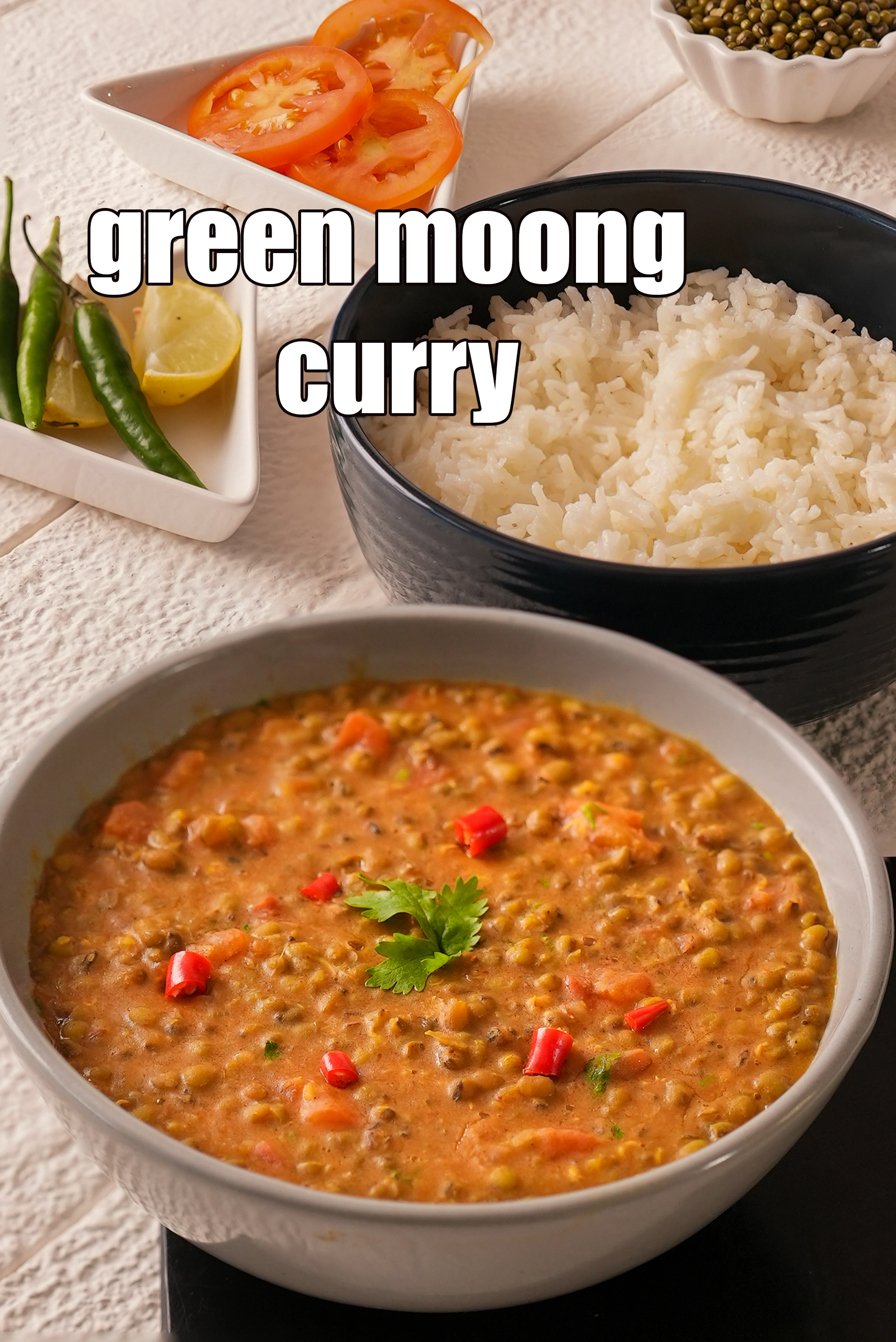Nutritional Facts of Kokum Kadhi, Calories in Kokum Kadhi
This calorie page has been viewed 13302 times
Course
Course
Occasion & Party
How many calories does one serving of Kokum Kadhi have?
One serving (145 grams) of Kokum Kadhi gives 125 calories. Out of which carbohydrates comprise 11 calories and calories come from fat which is 112 calories. One serving of Kokum Kadhi provides about 6 percent of the total daily calorie requirement of a standard adult diet of 2,000 calories.
Kokum Kadhi recipe makes 580 grams of kadhi and serves 4 with 145 grams per serving. Note that kokum kadhi is a heavy kadhi made with coconut milk and less is consumed compared to a regular dal.
125 calories for 1 serving of Kokum Kadhi, made from Kokum and coconut milk. Cholesterol 0 mg, Carbohydrates 2.9g, Protein 0g, Fat 12.4g. Find how much fibre, iron, calcium, zinc, magnesium, phosphorus, sodium, potassium, folic acid is present in Kokum Kadhi.
Click here to view Kokum Kadhi recipe | Konkani style kokum kadhi | Maharashtrian kokum kadhi | kokum kadhi made with coconut milk | with 30 amazing images.
Konkani style kokum kadhi has the best of homely flavours which is the highlight of this recipe. Learn how to make kokum kadhi made with coconut milk.
Slurp! What an exciting flavour this kokum kadhi has. This recipe is quite different from any other kadhi because it uses neither curds nor besan Instead, it harnesses the tangy flavour of kokum and the complementarity soothing flavour of coconut milk to make a well-balanced accompaniment that is sure to be loved by all.
To make kokum kadhi, combine the kokum, green chillies, salt in 1½ cups of hot water in a deep bowl, cover with a lid and keep aside to soak for 15 to 20 minutes. Starin and keep kokum water aside. Heat oil in a non-stick kadhai and add the cumin seeds. Add the curry leaves, garlic and red chillies and sauté on a medium flame for a few seconds. Add the coconut milk, kokum water and salt, mix well and cook on a medium flame for 2 to 3 minutes, while stirring continuously. Garnish kokum kadhi with coriander and serve hot with rice.
Once you have all the ingredients ready, it takes just minutes to prepare this delectable kokum kadhi, making it all the more attractive.
Tips for making kokum kadhi. 1. Use the seedless variety of kokum for this kadhi. 2. Use fresh or readymade coconut milk. 3. Discard the kokum and green chillies after straining. 4. Cook kokum kadhi on a medium flame for 2 to 3 minutes, while stirring continuously. Don't overcook as the coconut milk will split.
Serve kokum kadhi with Cooked Rice and Goanese Potato Curry.
Is Kokum Kadhi healthy?
Yes, its healthy, but have in moderation. This recipe is made from Kokum and coconut milk.
Let's understand the Ingredients.
What's good.
1. Coconut Milk : Recent research says that not eating enough fat can actually make fat. But you need to choose the type of fat correctly. And the answer is MCT (Medium Chain Triglycerides) – which goes directly to the liver and does not get stored as fat in body. Coconut milk contains some amount of potassium which is beneficial for those with high blood pressure.The lauric acid present in coconut milk has a positive effect on cholesterol levels improves heart health too. Read detailed benefits of coconut milk.
2. Kokum : Kokum (Gracinia Indica) has been known as Grandma’s cure to acidity. The hydroxycitric acid – a compound found in kokum has been known to reduce cholesterol levels and suppress appetite, thus working towards controlling obesity and maintain a heathy heart. Kokum’s powerful component ‘garcinol’ carries the antioxidant properties. Kokum juice is an immense thirst quencher which has cooling effect on the body. Research on kokum and diabetes is not clear, so best to try and avoid it. See the detailed benefits of kokum.
3. Green Chillies : Antioxidant vitamin C in green chillies protects the body from effects of harmful free radicals and prevents stress. It is probably the high fiber which helps in controlling blood sugar levels. This it is a welcome addition to a diabetic diet. Suffering from anaemia? Add green chillies to your list of iron rich foods too. For complete details see benefits of green chilli.
4. Coriander (kothmir, dhania) : Coriander is a fresh herb often used as a flavour enhancer in Indian cooking. It is mainly used as a garnish. This is the best way to use it - no cooking. This preserves its vitamin C content which helps to build our immunity and bring that sparkle to the skin. The antioxidants vitamin A, vitamin C and the quercetin present in coriander works towards strengthening our immune system. Coriander is a fairly good source of iron and folate – the 2 nutrient which help in the production and maintenance of red blood cells in our blood. Good for reducing cholesterol and good for diabetics. Read 9 benefits of coriander to understand details.
Kokum kadhi can be had by heart patients and will work for weight loss as the kadhi has coconut milk which is a good fat. However, we suggest you have this kadhi in moderation and not enough research is there for kokum and diabetes. So diabetics stay away from this recipe as there is lots of kokum. Just a bit will do you no harm in other recipes.
Can diabetics, heart patients and over weight individuals have Kokum Kadhi?
Yes, this recipe is good for heart and weight loss. Kokum kadhi can be had by heart patients and will work for weight loss as the kadhi has coconut milk which is a good fat. However, we suggest you have this kadhi in moderation and not enough research is there for kokum and diabetes. So diabetics stay away from this recipe as there is lots of kokum. Just a bit will do you no harm in other recipes.
Can healthy individuals have Kokum Kadhi?
Yes.
8 Pointers to get healthy on a Indian diet
1. Eat healthy and say yes to good home cooked food. Prefer whole grains like oatmeal, quinoa, buckwheat, barley and healthy flours like bajra flour, jowar flour, quinoa flour, wheat flour etc. rather than refined ones like maida. Have healthy Indian fats like ghee, coconut, coconut oil in your diet.
2. Opt out of junk food, packaged food, deep fried foods. Prefer steamed snacks and other non-fried snacks. Check out some Healthy Indian Snacks. Remember to eat small frequent meals through the day as that will keep you always full and prevent your blood sugar from dropping. By starving your body through some diet, will not help you one bit. In fact, dieting will make you binge on 2 to 3 meals which is not good.
3. Have 4 to 5 servings of vegetables and 2 to 3 servings of fruit is a must. Follow the logic of a vegetable in each main meal of the day and a fruit in-between meals. Check out a few Healthy Indian Soups and Healthy Indian Salads recipes using this food group.
4. Cut down on sugar and salt in your diet and pick honey ( very small amounts) or dates to sweeten your food. Slowly cut the sugar habit as this is not going to happen over night. Sugar is also called white poison. It is a simple carbohydrate with zero nutritional value. On intake, sugar will cause inflammation of the body which will last for many hours. It will spike your blood sugar level and shut down the fat burning process. This also causes high blood sugar levels in your body. The development of prediabetes comes from uncontrolled eating sugar and refined food products for many years and the classic symptom is if you have excess belly fat. This leads to diabetes and further onwards to heart attack, high blood pressure, strokes, impotence and kidney damage.
Salt and blood pressure. Apart from stress and obesity, one of the main reasons for high blood pressure is excessive sodium and salt intake. Most people find it difficult to limit the amount of salt in their cooking, thinking it will affect the taste of their favourite dishes.
This is not true. Bajra and jowar are rich in potassium and critical for those with High Blood Pressure as it lessens the impact of sodium. Eating more Potassium Rich Foods will remove more sodium from your body through urine. So include the basic bajra roti and jowar roti in your daily diet to have with Lower Blood Pressure Subzis Recipes.
5. Befriend a few healthy seeds and nuts like chia seeds, flax seeds, sesame seeds, walnuts and almonds.
6. Sprouts are called ‘living food’. They are high is most nutrients and easy to digest as well. Let them feature in your meals at least thrice a week. Also Read : All Benefits about Sprouts.
7. Exercise 45 minutes every day. No excuse. You can walk fast, run, do weights, play your favourite sport or go to the gym. No activity reduces muscle tissue which will lead to muscke loss and all kinds of problems with that.
8. Sleep early and get up early. Get your body into rhythm and it will function best. Sleep helps your body to recover and makes you look much younger. Also getting good sleep prevent muscle loss.
How to burn 125 calories that come from one serving of Kokum Kadhi?
| Walking (6 kmph) = | 38 | mins |
| Running (11 kmph) = | 13 | mins |
| Cycling (30 kmph) = | 17 | mins |
| Swimming (2 kmph) = | 21 | mins |
Note: These values are approximate and calorie burning differs in each individual
| Energy | 125 cal |
| Protein | 0 g |
| Carbohydrates | 2.8 g |
| Fiber | 0 g |
| Fat | 12.4 g |
| Cholesterol | 0 mg |
| Vitamin A | 33.8 mcg |
| Vitamin B1 | 0 mg |
| Vitamin B2 | 0 mg |
| Vitamin B3 | 0 mg |
| Vitamin C | 0 mg |
| Folic Acid | 0 mcg |
| Calcium | 0 mg |
| Iron | 0 mg |
| Magnesium | 0 mg |
| Phosphorus | 0 mg |
| Sodium | 0 mg |
| Potassium | 0 mg |
| Zinc | 0 mg |
Click here to view Kokum Kadhi
Calories in other related recipes


